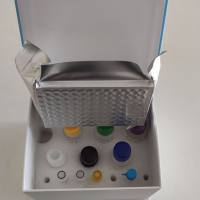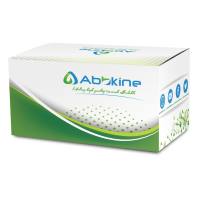Authentication of Cell Lines
互联网
Authentication Techniques
Whatever the scope of work to be carried out it is important to know that the work is being conducted using the correct reagents. This is no less important for cell cultures, since if cell cultures are not what they are reported to be then work can be invalidated and resources wasted. There is now considerable evidence of gross cross-contamination of cell lines, in particular with HeLa (Prod. No. 93021013-1v1) where up to 16 lines was offered to ECACC with DNA profiles identical to HeLa. These include Hep 2,WISH, INT 407, Chang liver and Giradi heart. To minimize the risk of working with contaminated cell lines it is advisable to obtain cells from a recognized source such as a culture collection that will have confirmed the identity of the cells as part of the banking process. Tests used to authenticate cell cultures include iso-enzyme analysis, karyotyping/ cytogenetic analysis and more recently molecular techniques of DNA profiling. Whilst most of the techniques above are generalized tests and are applicable to all cell lines additional specific tests may also be required to confirm the presence of a product or antigen of interest.
Iso-Enzyme Analysis
Iso-enzymes are a series of enzymes present in different species that have similar catalytic properties but differ in their structure. By studying the iso-enzymes present in cell lines it is possible to identify the species from which the cell line was derived. The technique is also used as a means of excluding the possibility of gross cross-contamination of the cell line with another culture of a different species.
The principles upon which iso-enzyme analysis is based are:
Each iso-enzyme has multiple gene loci coding for different polypeptides with identical enzyme activity (e.g. lactate dehydrogenase, LD)
Electrophoretic migration rates change dependent on sub-unit composition e.g. LD has five possible iso-forms (LD 1-5)
Different species have different combinations of these iso-forms
Using a typical panel of 4 iso-enzymes a composite picture is built up enabling the species of origin to be determined by the use of reference tables
DNA Fingerprinting
DNA fingerprinting enables the following:
Identification of individual cell lines from the same species
Confirmation of the identity of cell banks compared to reference master stocks
Detection of cross-contamination
Multi locus DNA fingerprinting and multiplex - PCR DNA profiling are the methods used routinely as part of ECACC's routine cell banking procedures.
Multi Locus DNA Fingerprinting
Uses multi locus Jeffrey’s probes 33.15 or 33.6, along with Southern blotting technology producing a complex banding pattern.
Probes cross-hybridize with most common species
Has the disadvantage that the profiles require visual interpretation and comparison with other samples can be subjective
Multiplex - PCR (STR) DNA profiling
Uses a set of primers (9 used at ECACC) recognizing micro-satellites using PCR and automated DNA sequencing techniques
Primers are species specific and are used only for human cell lines
Produces a color-coded banding pattern, that translates into a digital code that can easily be stored on a database and compared to other stored profiles








